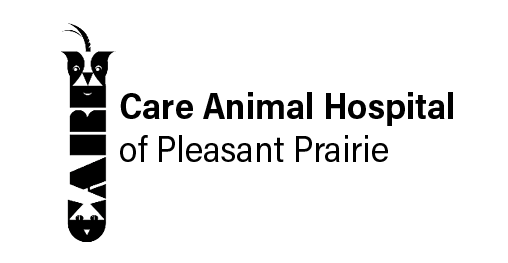Library
-
Urinalysis is an important part of any comprehensive workup or health screen. It provides information on the urinary system including the kidneys and bladder and also can support diagnosis of metabolic disease, such as diabetes mellitus.
-
Urinary incontinence (UI) is the loss of voluntary control of urination. The most common clinical sign is pooling or spotting of urine underneath your dog when it is sleeping or relaxed. Urinary incontinence is diagnosed based on clinical signs, medical history, blood tests, and urine tests. Bladder X-rays and ultrasounds are often performed to search for bladder stones or other abnormalities affecting urine storage and outflow. Treatment will be based on your pet's specific diagnosis. Medications that increase urethral sphincter tone such as phenylpropanolamine (PPA), or hormone replacements such as estrogen or diethylstilbestrol (DES), are commonly used alone or in combination. In general, the prognosis is good.
-
Urinary tract infections (UTIs) are fairly common in dogs. Dogs with UTIs tend to have the following signs: attempting to urinate frequently when they go outside, straining to urinate, blood in the urine, crying out or whining while urinating, licking their genitals, and a break in house training. Generally, a UTI occurs when bacteria travel up the urethra and into the bladder. If your dog presents to your veterinarian with urinary signs, your veterinarian will first perform a urinalysis. Once the culture and sensitivity results are received, an appropriate antibiotic will be prescribed. Older female dogs and dogs with certain health conditions may be predisposed.
-
Tumors of the urinary tract may present anywhere from the kidneys to the tip of the urethra. Tumors of the bladder are most common in the dog whereas tumors involving the kidneys are more prevalent in cats. Unfortunately, many tumors of the urinary tract are malignant and treatment options may be limited. Surgery is possible in select cases. Medical treatment may be beneficial in cases where surgery is not possible.
-
Cortisol is a stress hormone that is excreted from the body in the urine. Creatinine is a product of muscle metabolism and is normally lost in the urine at a relatively steady rate. The ratio of creatinine to cortisol in the urine can be used to account for the effect of urine concentration on cortisol measurements. Urine cortisol/creatinine ratio is usually evaluated in animals suspected of having Cushing's disease. This test involves the collection of a single urine sample, taken first thing in the morning.
-
The presence of protein in urine is called proteinuria, and it may indicate that the kidneys are not working properly. In some situations, proteinuria may even be a sign of kidney failure; however, bleeding or inflammation in the urinary system is a far more common cause. Your veterinarian may recommend further testing if the urinalysis reveals inflammation or bleeding.
-
The urine protein/creatinine (UPC) ratio is a test that measures how much protein is being lost through the kidneys. The UPC measures whether protein excretion is greater than expected when compared to the excretion of creatinine. Before the UPC ratio can be interpreted, two other measures of kidney function should be taken: blood urea nitrogen (BUN) and serum creatinine.
-
Urine scalding of grass is due to the nitrogen in your dog's urine. Nitrogen is a by-product of protein breakdown and is a normal component of your dog's urine. A bit of nitrogen acts as a food source for plants, such as in fertilizer, but too much will burn the grass. It is not related to the pH of the urine. You can reduce burning by encouraging your dog to drink water to dilute the urine, thereby diluting the nitrogen. It is not recommended to restrict protein from your dog. Watering the grass after your dog urinates or training your dog to urinate in specific locations away from your lawn are the only ways to prevent the problem.
-
UroMAXX is a supplement used to support bladder and kidney function in cats and dogs. It has been used to support the treatment of urinary tract infections in cats and dogs. UroMAXX comes in oral chewable and liquid drop forms. It is used “off label” or “extra label”.
-
Ursodiol is given by mouth and is used off label to treat gallbladder and biliary liver diseases. Give as directed by your veterinarian. Side effects are uncommon, but may include diarrhea and mild discomfort. Do not use in pets that are allergic to it or other bile acid products, or in rabbits, guinea pigs, or rodents. If a negative reaction occurs, please call your veterinary office.


